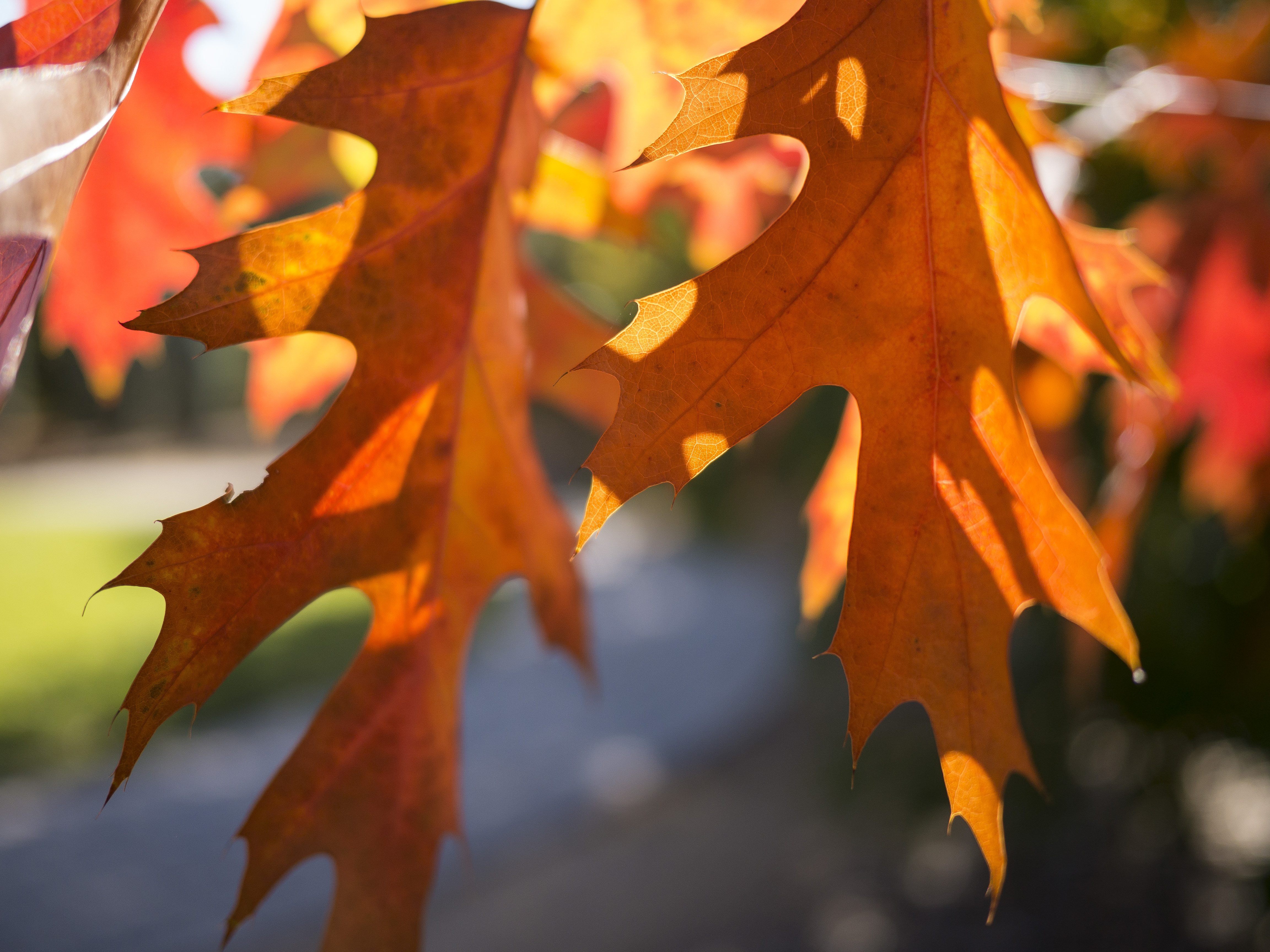
By Ky Plaskon
The wild mountain Truckee tumbles from Lake Tahoe through the pines and aspens that are in fall-color fire this time of year. When the river gets to downtown Reno, it splits and rolls around an island that lives and breathes as the unofficial heart of Reno’s culture, spread open for all to see. A look at snapshots of the island over the decades puts your finger on the pulse of the city as it changes.
Today there is a young man who sometimes sleeps, hanging in a hammock under one of the many bridges over the Truckee. The air is his bed and he is lulled awake by the ripples below. As he wakes up over the water nearby, yogi’s are starting an early morning free class on the grass in the sunbeams with breath of fire through the cold mountain air. Joggers trundle by the banks of the river, over the bridges and past people who are leaning on railings, watching the water molecules roll by-the-billions.
Under the water, Renoites have organized rocks to create perpetual waves that wait for occasional kayakers. The helmet-clad and wetsuit-wearing water-lovers show up with their bright plastic water boxes and play silently like ducks dripping with paradise. People at nearby bars watch with beers and cheer. Throughout the day, families from varied races and backgrounds come to play in the cool mountain water. Parents keep a watchful eye on their kids as they slide down slimy concrete troughs into big pools with big smiles on their faces. It is raw culture, a mini meeting of all walks of life, a perpetual organic evolution of what Reno is.
For much of the island’s life it was managed by commercial interests. But today it is very much like it started more than 110 years ago. In 1909 an attorney cleared out the brush and built some trails among the wild rose bushes, willows, cottonwoods and planted a big lawn for people to do as they wished. It was a “pleasure resort” wrote Nicholas Caparso on RenoHistorical.org. The island was home to a dance hall, boat rentals, ice-skating rinks, snake charmers, carnivals, movies, even a tiny airport as people tried to make a buck off the throngs that are drawn here.
Today, the public has fully reclaimed it. Fun isn’t “managed” here as it was in the past. The public is in charge, and guess what, we manage to have fun here.
I woke up recently thinking of this island known as Wingfield Park, thinking of how special it is and how representative it is of our changing culture. I thought of how lucky we are and how it has evolved to become like many other colorful public places on Earth. It’s a place where people can do nearly anything we want any time we want. And we are.
It’s a little like the streets and parks of San Francisco, Istanbul, Santiago and New York and the open air markets of Morocco, only better, smaller, more natural, cleaner, safer and more fun. Yay for more fun and yay for the color that the people bring here. Whether it is food trucks, the bands playing at the open air theatre, buskers filling the air with tunes, friendly fishermen vying for dinner, the families and youth jumping off the rocks and disappearing into the river, the slackliners wobbling along and don’t forget that young man sleeping undisturbed at peace in his hammock under the bridge over the Truckee. All the things here may not always be tasteful to everyone, but that is what makes it special. Reno should be applauded for its tolerance.
There is clearly room for everyone in Reno at Wingfield Park. Not that long ago, the city invited vendors to inhabit the riverwalk with their artful wares, which they do every weekend. Combine all this with the scenery of the river, its eclectic island, the gorgeous trees that act as a 50-foot high canopy over nearby Bike Boulevard that is bursting with color. The riverwalk has the eye-candy diversity of bright colors like being inside a hot-air balloon. This mountain meadow town is evolving as the people intend, proud to display the contrasting colors of all our ways of life and cultures. Happy fall.
Kyril Plaskon is the author of Silent Heroes of the Cold War Declassified, the Education Information Officer for the State of Nevada Marijuana Enforcement Division, a PhD student at University of Nevada Reno and the former Sierra Reporter for Capital Public Radio.

